Divers Find 3,000-Year-Old Statue With Human Fingerprints at the Bottom of Lake
A group of divers exploring the ruins of an ancient settlement deep beneath the surface of a lake in Italy has discovered the remains of a 3,000-year-old statue.
The unique clay figurine pulled from the bottom of the volcanic Lake Bolsena may provide researchers with valuable insight into the daily lives, religious beliefs, and artistic practices of the Iron Age inhabitants of this part of Italy, who lived in the region for centuries before the rise of the Roman Republic.
The Birthplace of Western Civilization
Italy is renowned for its culture, which includes authentic food, elaborate architecture, fine art, and fashion trends that continue to influence the world.

Source: Wikimedia
The Mediterranean nation also captivates the attention of archaeologists and historians as it was once home to various innovative cultures, including the mysterious Etruscans and the mighty Roman Empire, the latter of which is often dubbed the progenitor of Western civilization.
Gran Carro di Bolsena
Italy is steeped in history, so one can only imagine the incredible number of archaeological sites throughout the nation. One that seldom gets enough attention is Aiola, an underwater site at Gran Carro di Bolsena.

Source: Wikimedia
However, the site has recently made headlines after a team of divers discovered a rare artifact in its vicinity.
Small Terracotta Figure Pulled From the Beneath the Lake
The team of divers recovered a small terracotta statue of a female figure while scouring the archaeological site deep beneath the surface of Lake Bolsena.
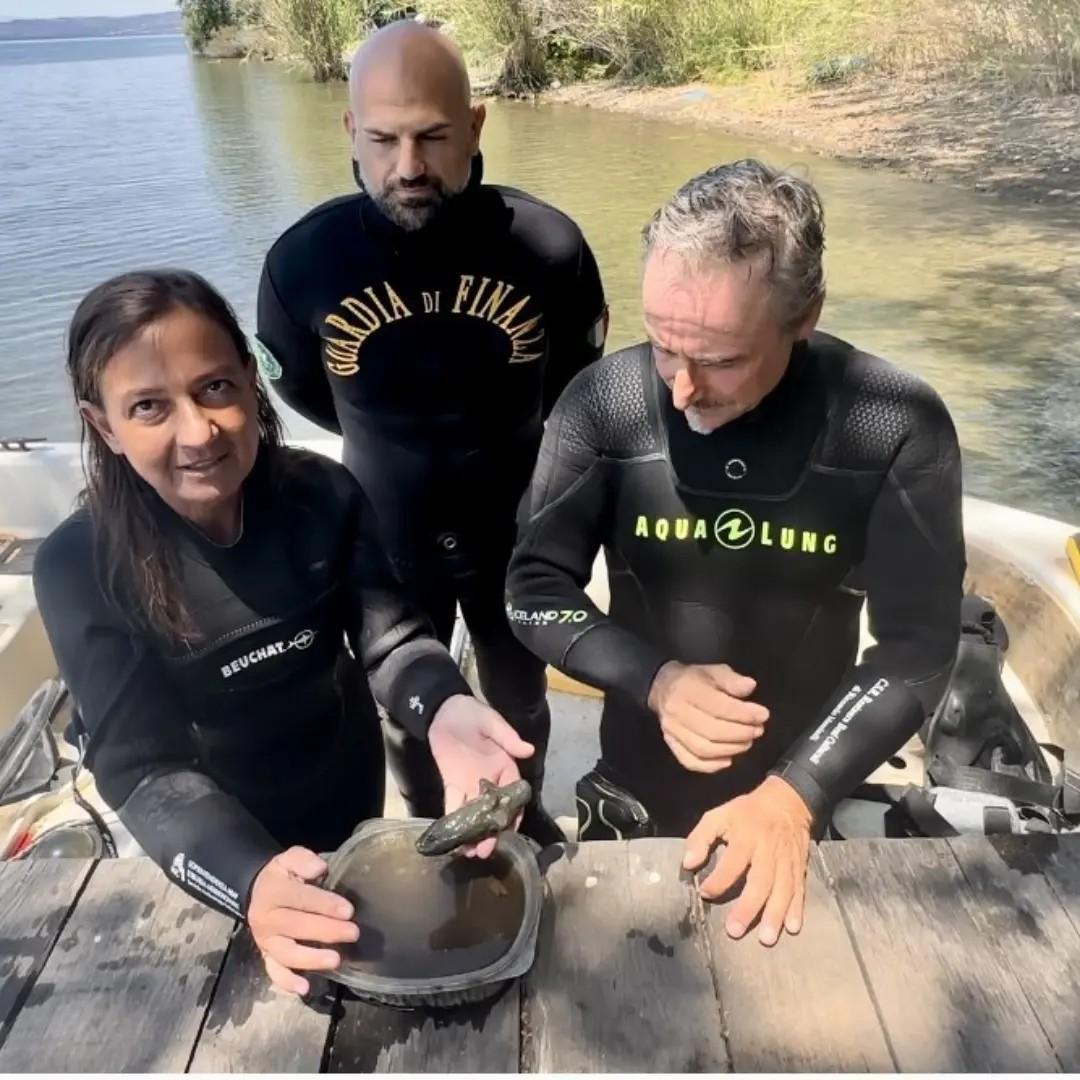
Source: Soprintendenza Archeologia Belle Arti Paesaggio Etruria Meridionale
The recent discovery was made due to the National Recovery and Resilience Plan (NRRP), which aims to develop an underwater path that will eventually allow tourists to explore the ancient site.
Dating of the Small Figurine
Researchers have dubbed the small figurine an exceptional find, suggesting it may provide valuable insight into the lives of Iron Age Italians.

Source: Soprintendenza Archeologia Belle Arti Paesaggio Etruria Meridionale
The small item could easily fit in the palm of one’s hand, and initial projections suggest the female figurine could date back as far as the 10th or 9th century BCE.
Ancient Italian Figurine in the Making
Despite being in an unfinished state, experts propose it clearly showcases female features and was crafted from poorly-fired clay before being lost or discarded by the ancient artisan.

Source: Wikimedia
The miniature figurine’s poor quality has led researchers to suggest it may have been a first draft rather than a finished piece of art.
Iron Age Fingerprints on the Figurine
Italy’s Superintendency of Archaeology, Fine Arts, and Landscape posted a statement on Facebook revealing a fascinating aspect of the discovery.

Source: Freepik
According to the body, which serves as part of Italy’s Ministry of Cultural Heritage, the figurine “still shows the marks of the fingerprints” of its maker, alongside an impression that suggests the female figurine was once “dressed.”
Similar Items Found in Other Contexts
According to archaeologists who have inspected the figurine, it is reminiscent of others that had been previously unearthed at sites that have produced a plethora of funerary goods.
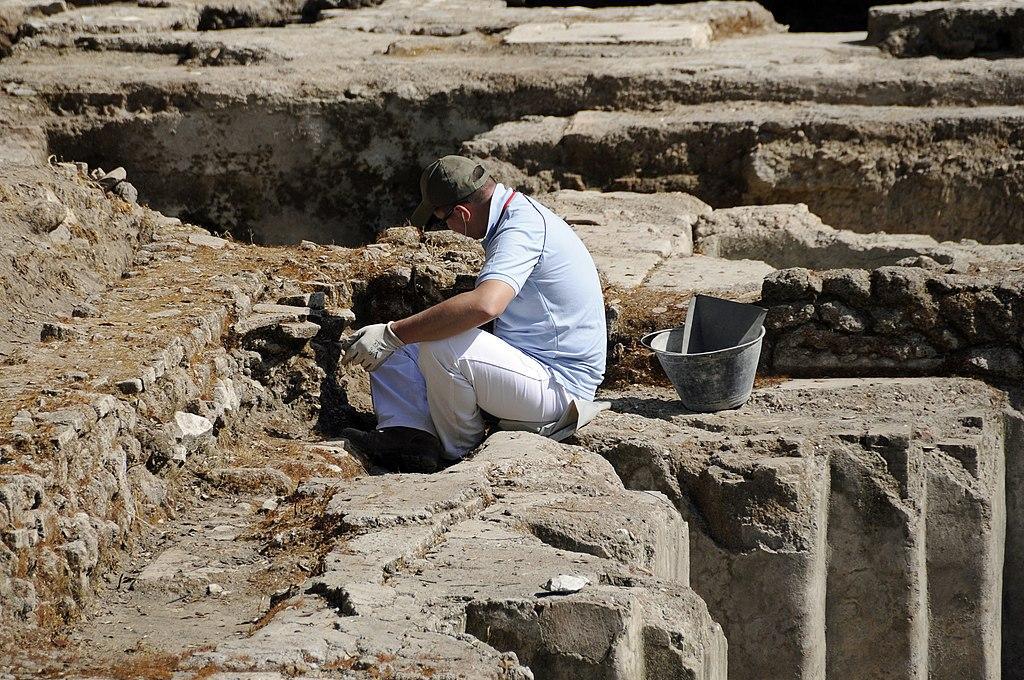
Source: Wikimedia
However, the discovery of this female statue within a residential area indicates it may have held some kind of religious significance.
The Discovery of the Site at Gran Carro di Bolsena
In 1991, researchers working in the volcanic region of Gran Carro di Bolsena first stumbled upon a stone formation later named Aiola that appeared to be linked to hot thermal springs.
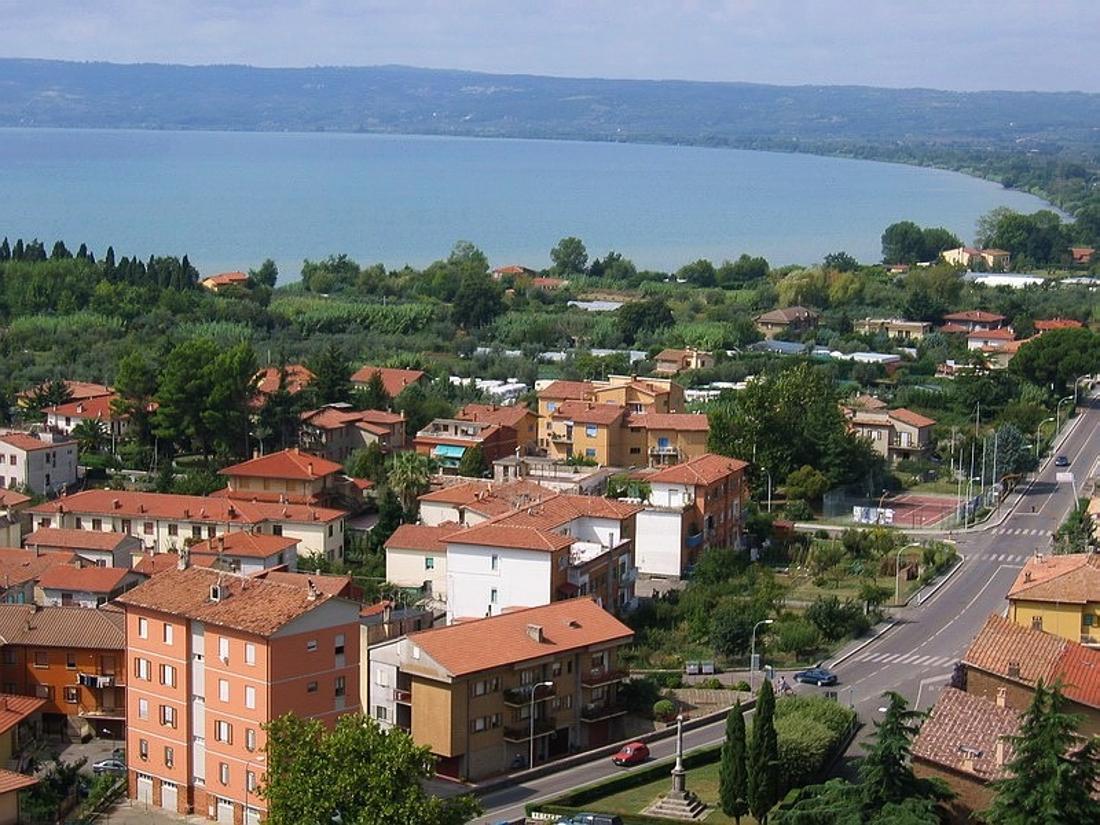
Source: Wikipedia
Numerous wooden poles and pottery fragments were discovered just southwest of the lake, suggesting a small settlement lived in the region during the early Iron Age.
The Mound Underneath Aiola
Researchers remain somewhat puzzled by Aiola’s monumental stone structure. However, archaeologists made a fascinating discovery in 2020 that shed some light on the site.
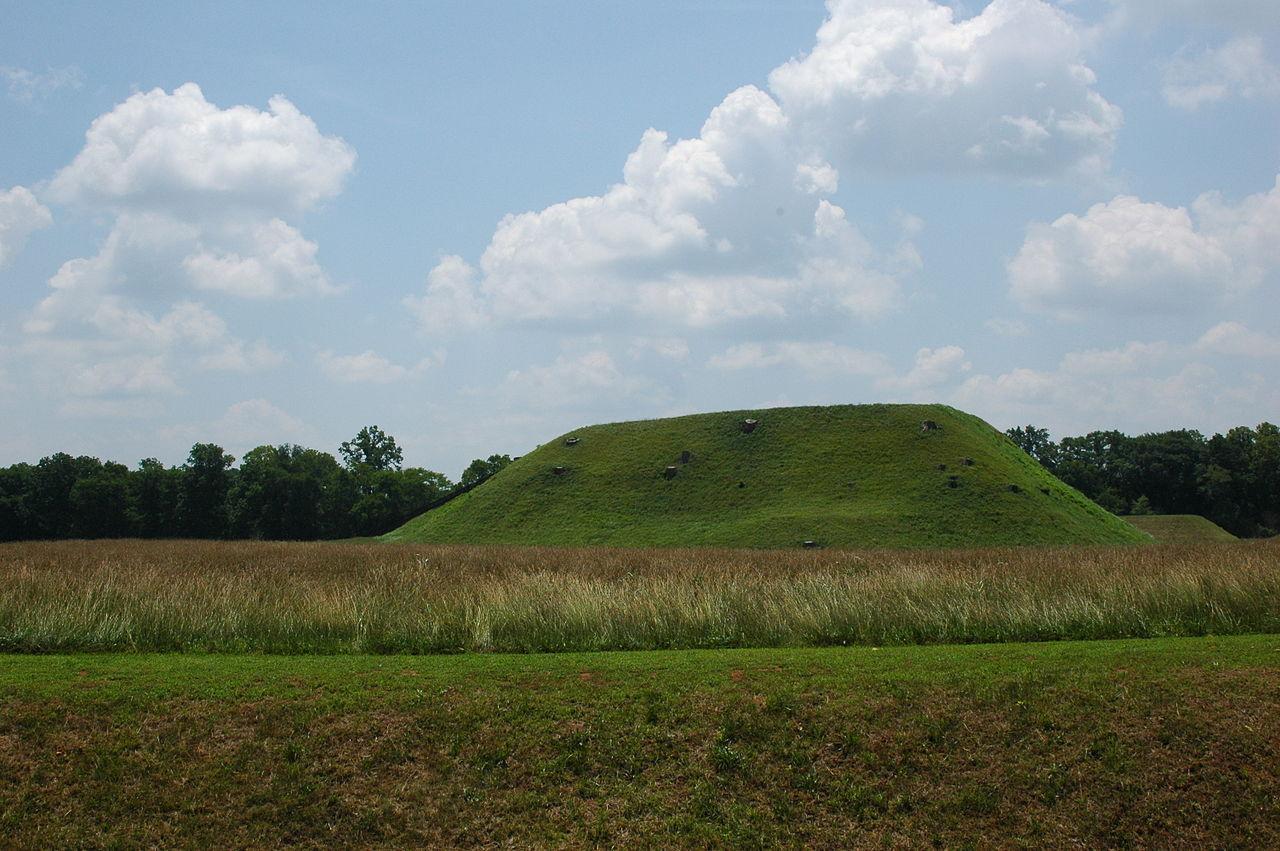
Source: Wikimedia
After meticulously examining the stone formation, a team of researchers discovered the presence of a large earthen mound, suggesting that Aiola was an essential part of the Iron Age village.
Roman Coins Found at the Site
While it’s been challenging to surmise when the site was first inhabited, archaeologists have found a plethora of Roman-era coins.
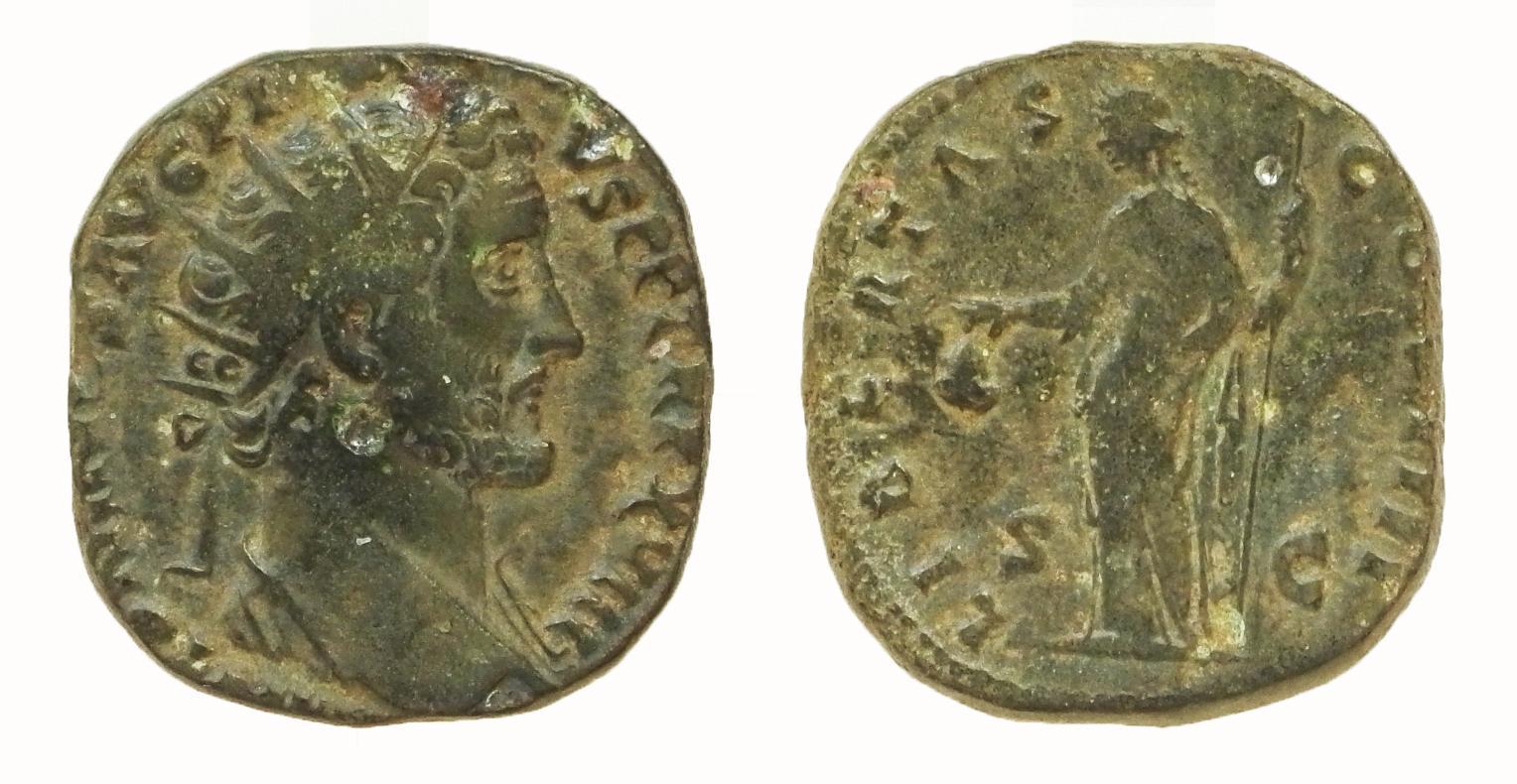
Source: Wikimedia
After examining the coins, experts revealed many of the well-preserved items dated back to the Constantinian period, which suggests the site was still in use during the later years of the Roman Empire.
Further Investigations of Gran Carro di Bolsena
The small female figurine is one of the most impressive items recovered from the underwater site and may shed light on the daily lives and religious beliefs of the ancient inhabitants who once lived in this part of Italy.
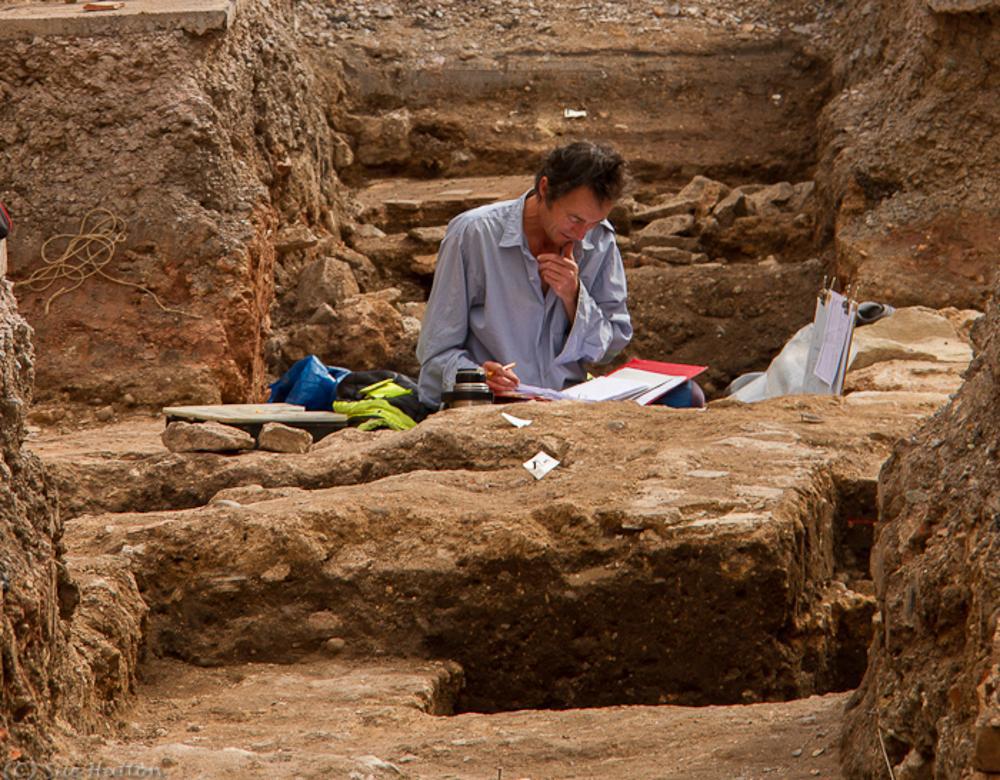
Source: Wikimedia
Researchers will undoubtedly venture back to the site in the near future. Their goal is to unearth more items of the same nature, which could potentially revolutionize our understanding of this semi-forgotten ancient settlement and the broader history of ancient civilizations.
